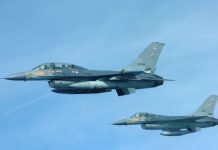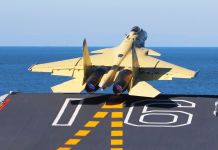The fifth-generation F-35 stealth fighter jet of the United States has become one of the most sought-after and ubiquitous aircraft in recent times, with several countries across the globe opting to buy the $79 million aircraft.
Russia ‘Pounds’ M777 Howitzers, HIMARS MLRS; Destroys 2 More Self-Propelled Artillery Guns – Moscow
However, this promising stealth fighter has now come under the scanner after recently being grounded en masse by the US Air Force (USAF). Not only the USAF but even Israel has also decided to ground its fleet of F-35s.
On July 29, the American media reported that the US Air Force had grounded most of its F-35 Joint Strike Fighter jets. The decision was taken after finding a fault in its Martin-Baker ejection seat that could prevent pilots from safely ejecting from the aircraft.
The F-35s began a stand-down to “expedite the inspection process” of the ejection seats, according to the Air Combat Command (ACC) spokesperson’s statement.
Previously, the US Navy had stated that the specific production lots of Cartridge Actuated Devices (CADs) used in Martin-Baker ejection seats had been identified by the manufacturer as being defective. The CADs are involved in the parachute deployment when pilots pull the ejection handle.
While media reports on July 29 indicated that the Navy had also grounded its fleet, the US Navy and Marine Corp later clarified that their F-35 fighters were not grounded. Their fleets had largely completed all inspections.
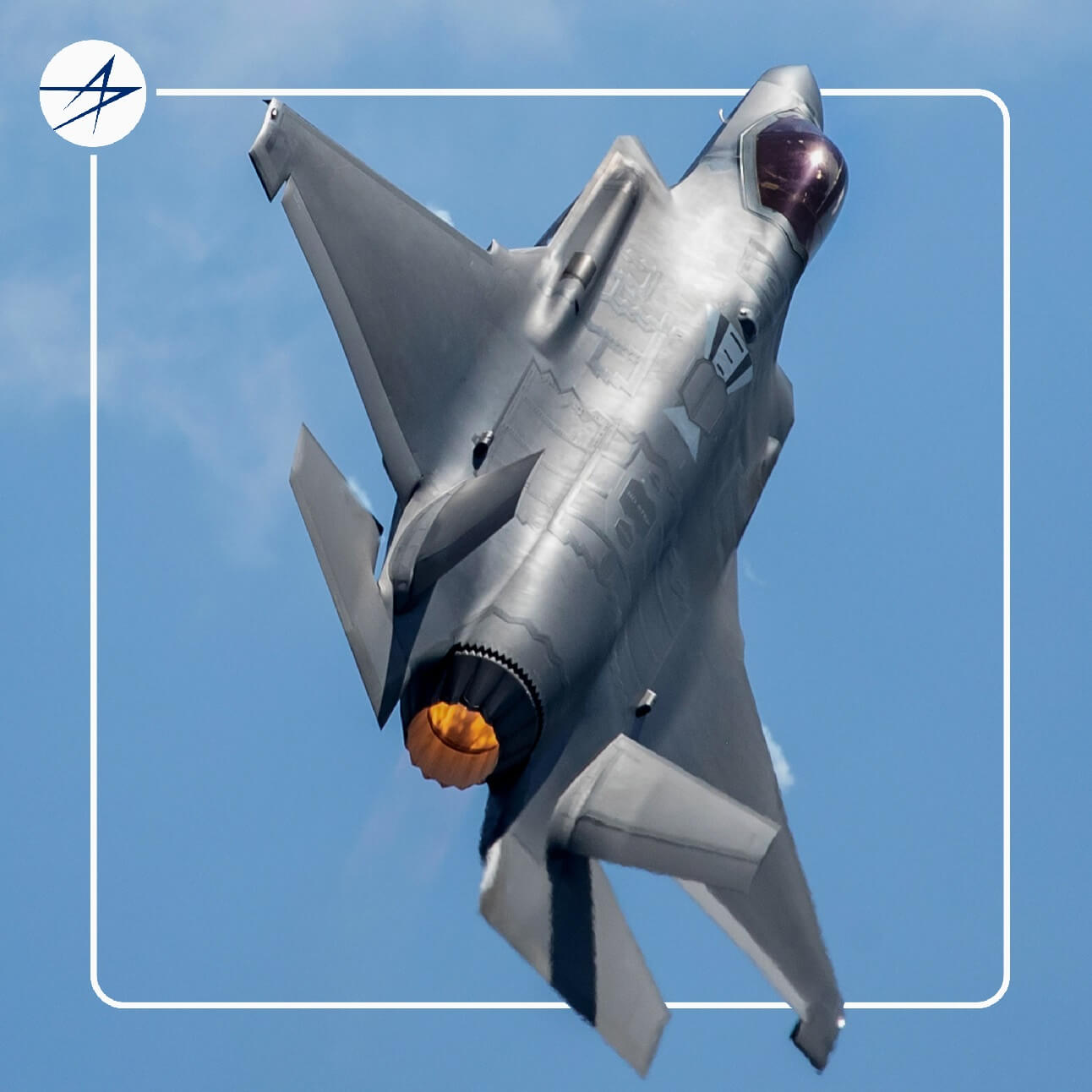
Zachary Harrell, the Commander of Naval Air Forces spokesperson, issued a statement saying — the earlier remarks made by the F-35 Joint Program Office did not reflect the current situation with its F-35 fleet.
“US Navy and Marine Corps F-35C Lighting II operations are not impacted by the potential defect in the cartridge activated devices. F-35Cs are not grounded,” he said, adding, “a small number of CADs in F-35Cs were determined to be potentially affected; those CADs were immediately replaced, and those aircraft have been returned to operational status.”
The two services have been secretly assessing their F-35 fleets to see if they are affected by safety concerns resulting from these flawed devices on ejection seats. According to the Navy, their examinations were completed by July 26, days before the Air Force decided to ground its fleet.
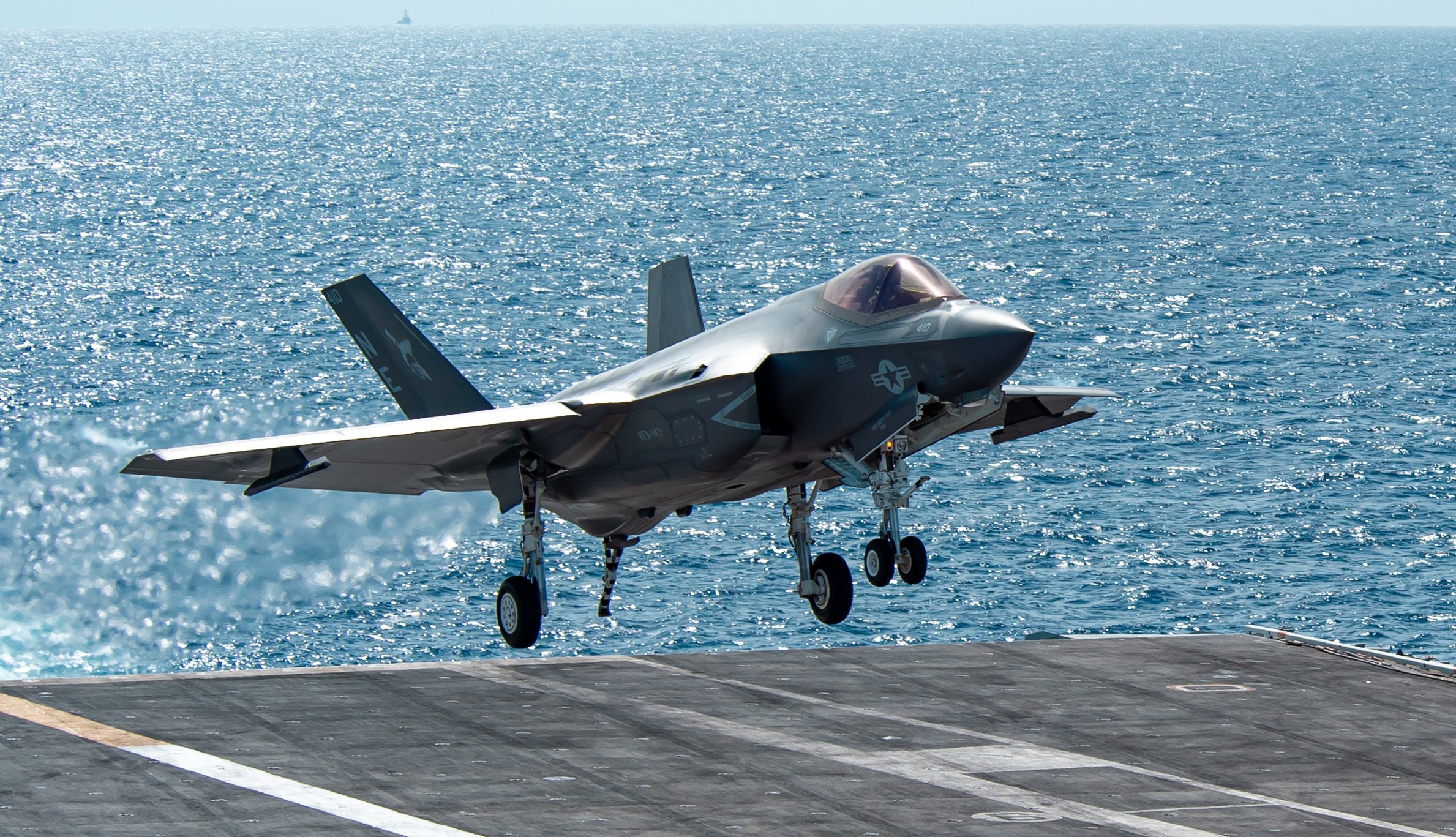
On July 28, the US Air Force Education and Training Command grounded almost 300 training aircraft due to the same ejector seat expulsion issue.
The issue has impacted some of the military’s most advanced fighter jets, including the F-35, F/A-18E/F Super Hornets, E/A-18G Growlers, and trainers, including the T-45 Goshawks, F-5 Tiger II, T-38 Talons, and 76 T-6 Texan II training aircraft. The UK and Germany’s Eurofighter Typhoons are also facing a similar problem.
This development comes after the Pentagon agreed with Lockheed Martin to buy a whopping 375 F-35 fighter jets for the US Air Force, Navy, and Marine Corps, as well as various overseas allies and partners.
The F-35 has become the favorite globally for its ‘super capabilities,’ with the war in Ukraine further driving its sales.
Greece and the Czech Republic decided to purchase these fighter jets in July. In addition, South Korea announced it was increasing its planned F-35 fleet by 50% to 60 aircraft.
Further, the Pentagon announced on July 28 that the US State Department had approved a potential sale of F-35 fighter planes, ammunition, and supporting equipment to Germany for an estimated $8.4 billion.
In a nutshell, the F-35 is everywhere, from Europe to Asia, to fight the threat posed by Russia and China. With 830 fighters already delivered and thousands more on the way, the US alone expects to purchase 2,456 of them.
The Pentagon intends to keep them in use until 2070, alongside the futuristic NGAD fighter that will boost the country’s air power.
Fault In US Fighters
The Air Force issued what it refers to as a “Time Compliance Technical Directive” on July 19 to “inspect all of the cartridges on the ejection seats in 90 days,” which led to the discovery of the CAD issues with Air Combat Command’s (ACC) F-35s.
The ACC troops must perform a stand-down to hasten the inspection procedure out of excessive caution. It will then decide whether to resume operations based on the information obtained during those inspections.
The US Air Combat Command spokeswoman Alexi Worley confirmed the fleet’s temporary stand-down and grounding to Breaking Defense on July 29. The aircraft, now probably under inspection, are expected to be grounded throughout the weekend.
According to Worley, the stand down was a step in a process that began on July 19 to inspect all the cartridge accentuated devices or CADs used to safely shoot ejection seats and pilots out of aircraft when necessary. The Air Force has a total of 349 F-35s. It is unclear how many have been affected.
To understand the problem of faulty ejection seats, the EurAsian Times reached out to veteran fighter pilots of the Indian Air Force Squadron Leader Vijainder K. Thakur.
According to Thakur’, “When a pilot pulls the ejection handle, one or more cartridges fire generating gas that is used to mechanically ensure that the seat with the pilot can safely egress from the cockpit.
For example, the pilot’s harness is tightened to ensure his posture is safe for ejection; the canopy is jettisoned to clear the path and allow the seat to be rocket boosted upwards. A failure of any cartridge-activated device can lead to pilot injuries which could be fatal.”
The ejection seat issue is an add-on to the F-35 engine, which is already under scrutiny.
The F-35 has considerably greater cargo, sensor fusion, and electronic warfare (EW) capability than initially anticipated, necessitating extra cooling and power generation from the F135 engine, thus, warranting a more powerful engine.
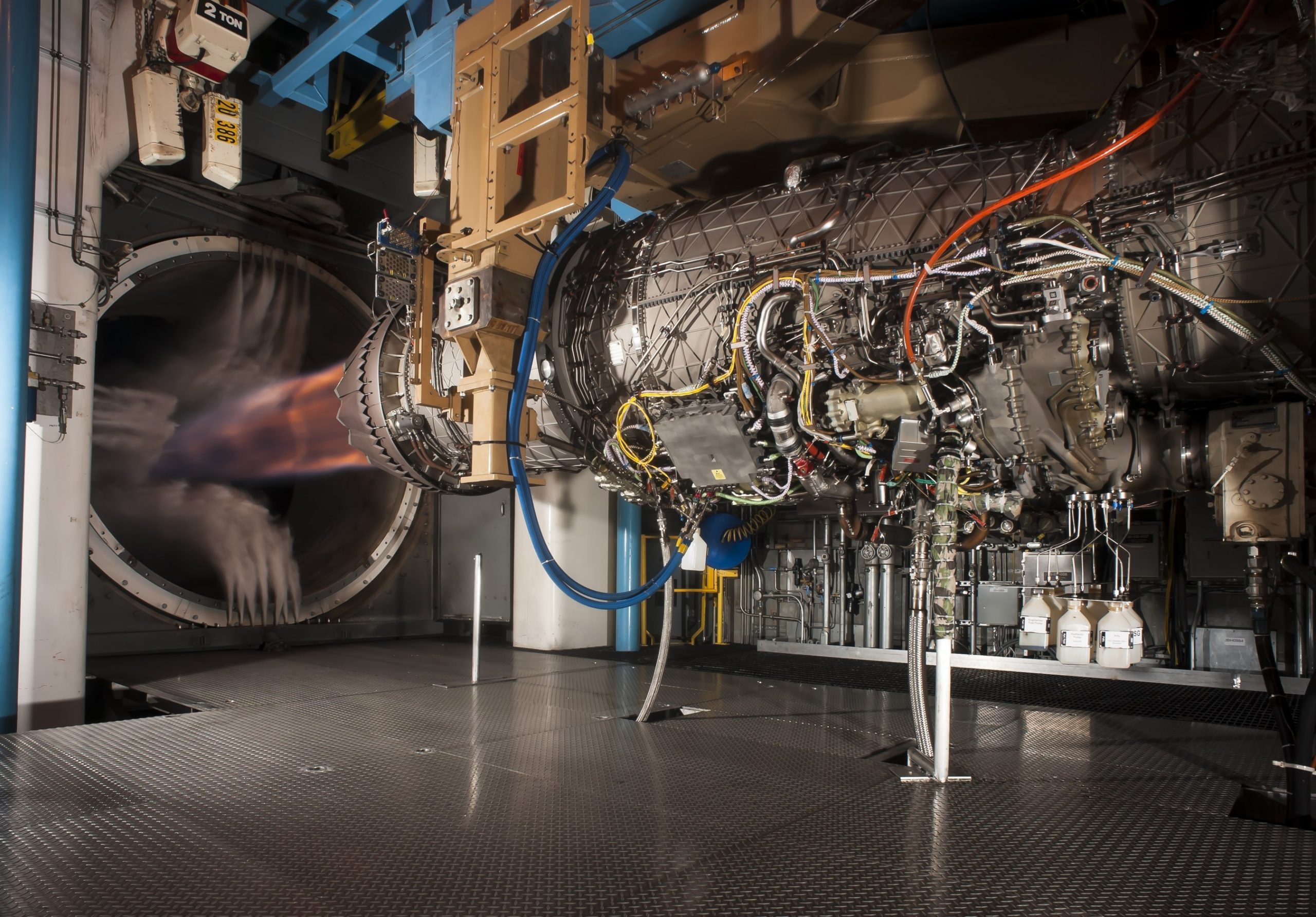
The United States Air Force (USAF) and the Pentagon are still undecided whether to develop an entirely new engine for the F-35 Lightning II stealth jet or heavily upgrade the F135 engine, as previously reported by EurAsian Times.
The future of the jet will depend on the USAF’s decision about the Adaptive Engine Transition Project (AETP) or the Enhanced Engine Programme (EEP), which would modify and improve the F135 engine, respectively.
The F135 engine from Pratt & Whitney requires more maintenance than anticipated. The F135’s fan blade coatings also develop cracks due to a heat-related problem. By 2025, the issue might force the grounding of up to 20% of the Air Force’s F-35s if left unaddressed or if a swift decision on the EEP or the AETP is not taken.
The F-35 has been plagued with several other issues that have clouded the aircraft’s role. The F-35 Joint Programme Office, which first listed 13 such deficiencies, later recognized these as the final four “Category 1” flaws.
These faults include a cockpit pressure regulation system that caused severe sinus pain, a night vision camera on the Helmet Mounted Display that showed horizontal green lines, a North Grumman AN/APG-81 Active Electronically Scanned Array (AESA) radar that couldn’t scan a wider area, and an “inaccurate” 25 mm gun on some of the variants that also caused “vibration stress” on the airframe.
That being said, the F-35 has seen multiple distressing crashes. Against that background, having a faulty ejection seat could be a death sentence for fighter pilots.
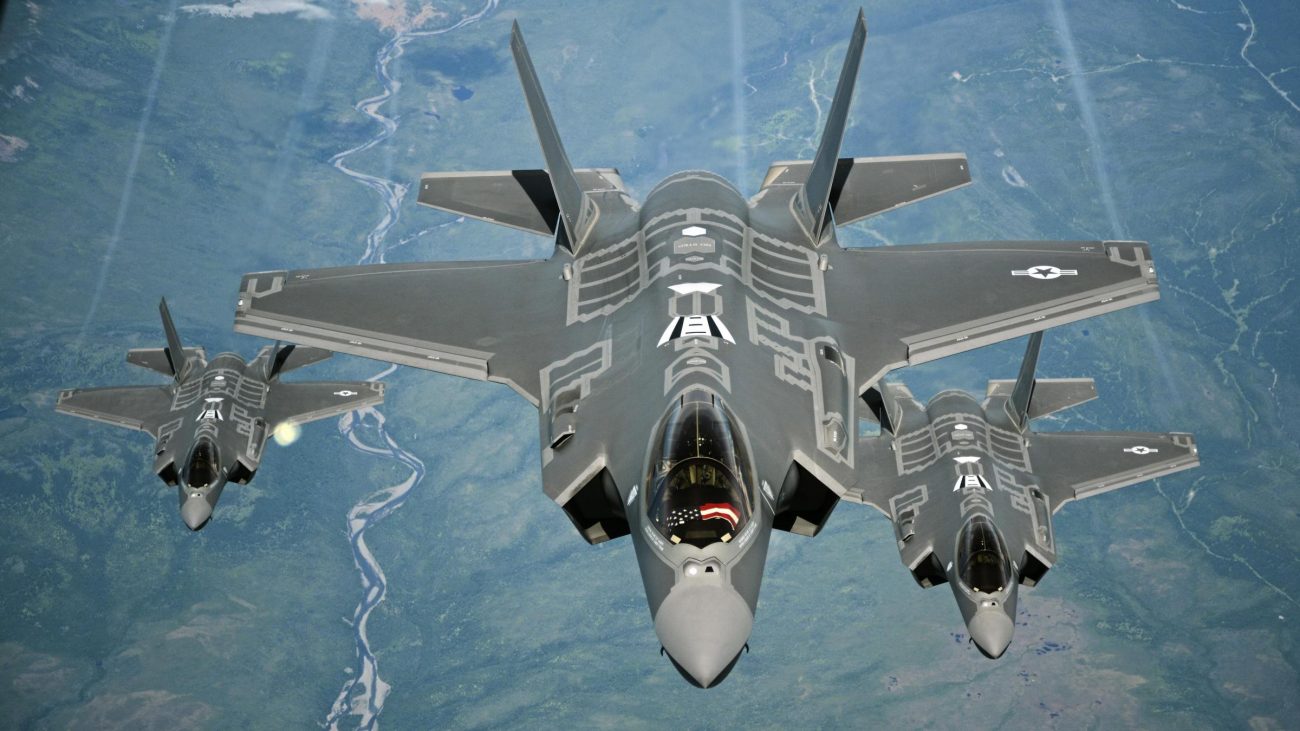
Will It Hinder F-35 Sales?
According to Forbes, the F-35 outperforms other fighters in the American fleet even without the improvements. It performs a broader range of jobs, is simpler to maintain and outperforms opposing aircraft in exercises by a factor of 20 to 1. It is the joint fleet’s most dependable tactical aircraft by some standards.
July has been a rather eventful month for this fifth-generation stealth fighter aircraft. American F-35s from Estonia provided air defense assistance in the Baltic region. They took off from Souda Bay on Crete and flew over the Mediterranean to drill with the Greek air force. They engaged in training maneuvers in Northeast Asia alongside South Korean air force F-35s.
In other parts of the Pacific, sea-based F-35s took part in Pacific Rim exercises off Hawaii. Australia announced that it had established the first full-service depot in the Indo-Pacific to maintain F-35 engines.
This depot is intended to support the 100 F-35s Canberra is planning to purchase and those of Japan, South Korea, and US services operating in the area.
When asked whether the ejection seat issue could impact the overall prospects of the F-35, the former Squadron Leader Vijainder K. Thakur said: “Such aircraft groundings, while not routine, is also not alarming.
The aircraft will be cleared for flying as soon as necessary checks/servicing are completed. There will be no long-term impact on the program. Considering that extraordinary vigil is needed to ensure that ejection seats work as they are designed to work, the incident should reassure all Martin Baker ejection seat operators that such vigil is being maintained.”
The fifth-generation stealthy F-35 jet, the best-selling warplane in the world, has seen considerable growth in sales.
Until now, the Lockheed Martin F-35 program has never placed a bid in a competitive auction against other jets, possibly due to the fighter jet’s exceptional capabilities and the political clout the US holds throughout the globe.
Lockheed owes 27% of all its revenue to F-35 fighter sales, which are only set to rise with thriving sales.
- Contact the author at sakshi.tiwari9555@gmail.com
- Follow EurAsian Times on Google News


